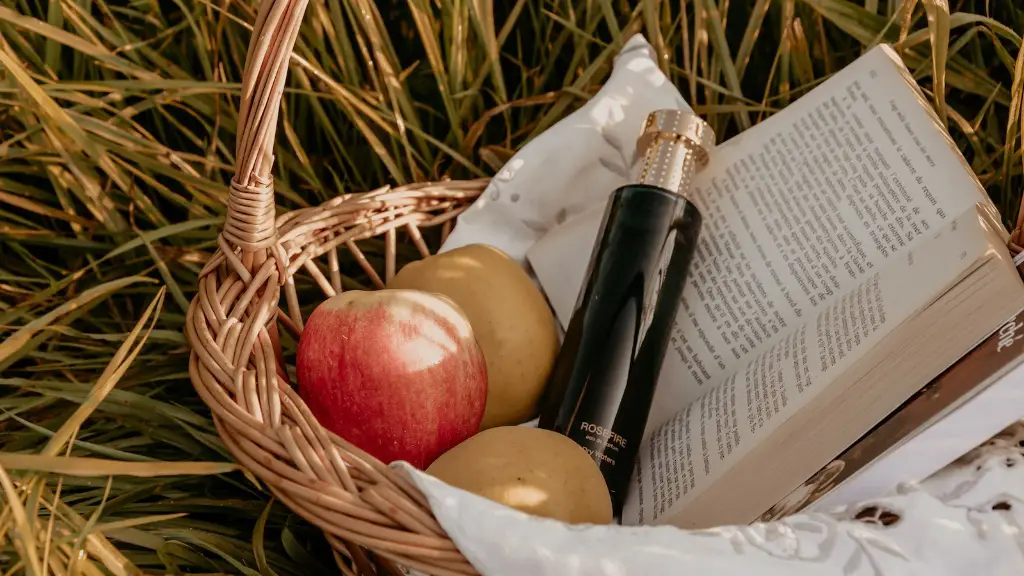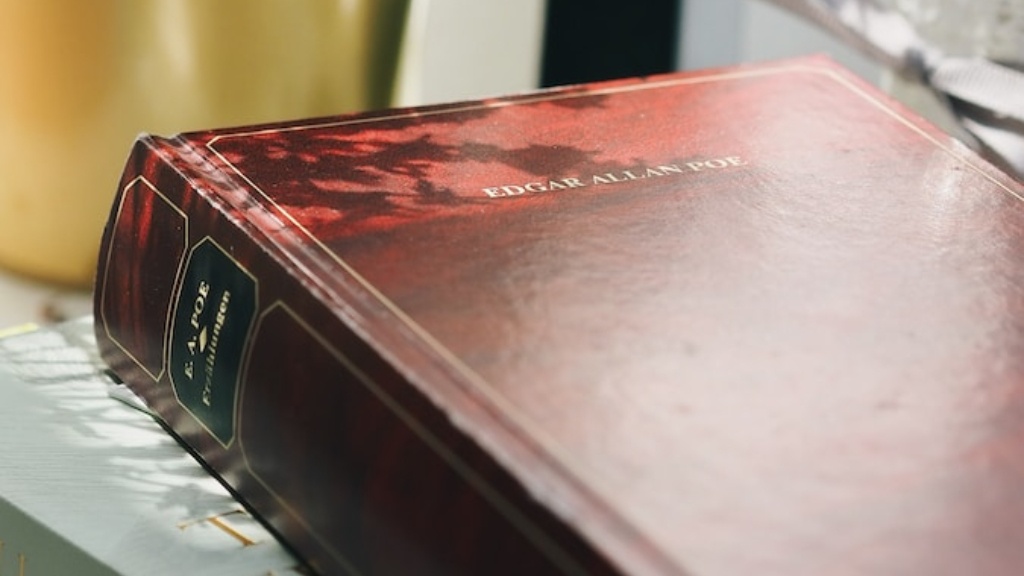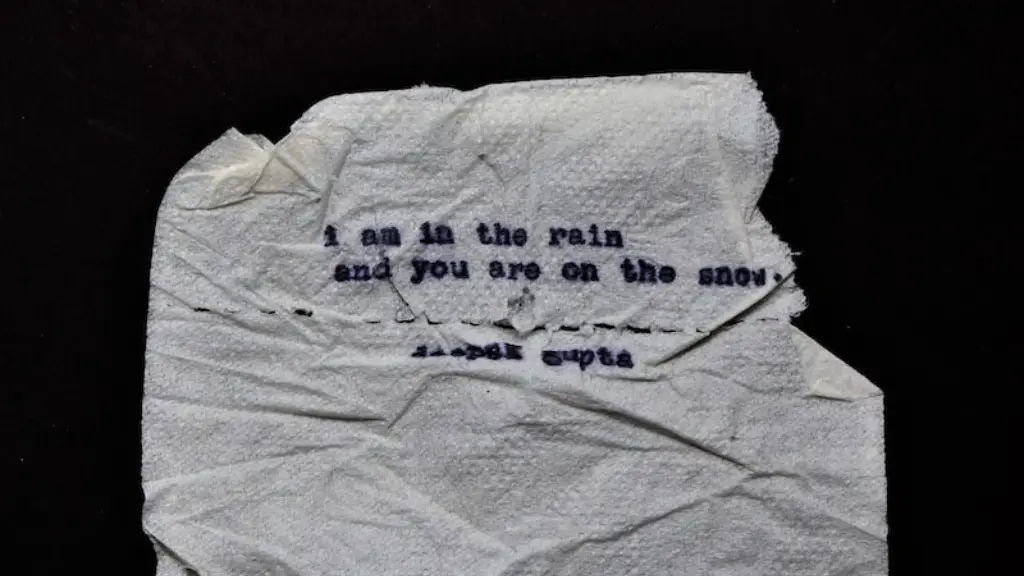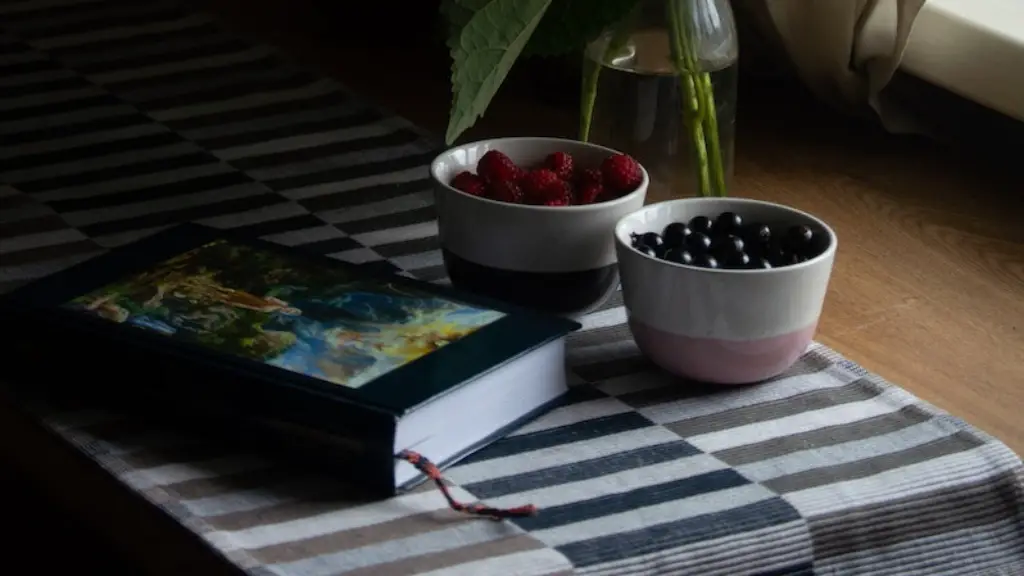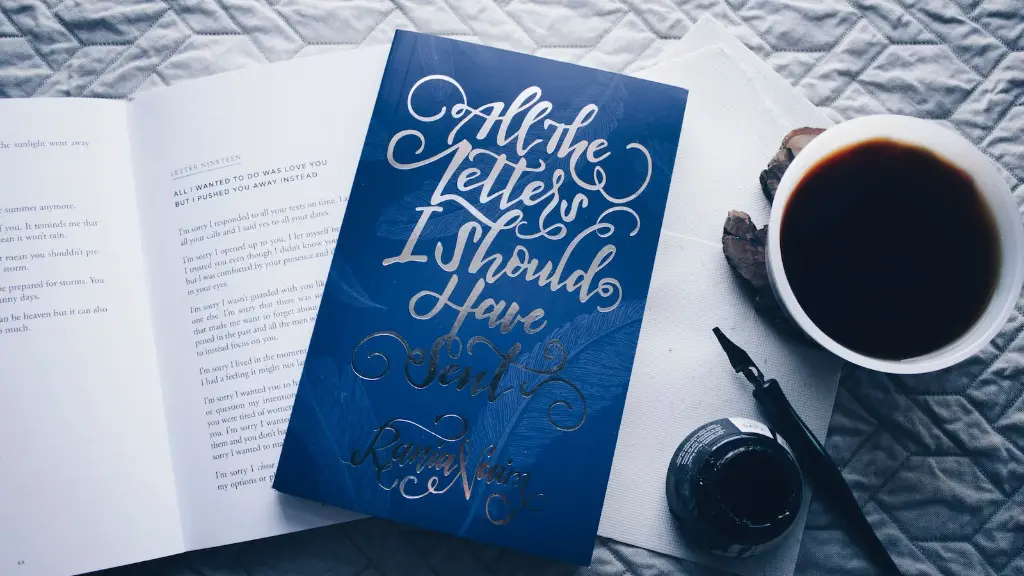The term persona in literature and especially poetry is often misunderstood. We may think of Latinate “personae“ and ancient masks, or some version of a character’s voice in first person narrative poems. But what does the term persona mean in poetry?
Persona is Latin for “masks” or “roles,” and when used in poetry it refers to a speaker or narrator outside of the poet. This allows the poet to take on a voice that may be different from their own, and provides them an opportunity to explore things they may not have explored in their own life. For example, a poem written by a middle-aged, married woman might have a young, single woman as its narrator, who experiences the world in a wholly different way than the poet.
At its core, persona in poetry is about creating someone to explore different sides of life. By having a narrator who is not the poet, the poem can roam through a variety of feelings and experiences. This can be anything from a lyrical reflection of a cultural experience to a fictionalized account of a mythic journey.
It’s important to note that the personae in a poem should be carefully considered and handled correctly. The persona should be unique and contribute to the poem in a meaningful way. The poem should avoid cliched expressions and generic points of view that could be recycled through any other poem. If the poem relies too heavily on existing archetypes, it could become generic and thus lose its impact.
The persona of a poem can give insight into the poet’s own experiences, ideas, and emotions. It can also allow a poem to transcend language and cultural barriers and reach multiple audiences. By having a narrator that is slightly removed from the poet, the audience can better relate to the poem’s central idea, no matter their individual experiences.
The use of personae in a poem can also create a heightened sense of drama and intensity. By having a different narrator, the speaker can tap into larger themes and ideas, one’s which would not have otherwise been explored if not for the persona. When used correctly, the persona in a poem can be engaging and powerful, allowing the audience to experience the poem on a deeper and more personal level.
Different Types of Persona
Persona in poetry can come in many forms, from abstractions to historical figures. Personae can be based in the poet’s imagination or on real people or existing ideas, often found in their life or the world around them. It’s important to note that the personae should not distract from the main idea of the poem and should be carefully constructed to add to its strength.
One popular form of persona is the abstract character, which is often used to explore the philosophical issues raised by the poem. The character does not necessarily have to be human either, as it can take the form of an animal or an object. In these poems, the character is used as a tool of analysis, allowing the audience to explore their own feelings and thoughts more deeply.
Another type of persona used in poetry is the historical figure. This can be used to retell a story or explore a distant era, often providing nuances and insight that can be difficult to achieve in traditional poetry. The poet can use the historical figure to give their words a larger context, as well as explore different perspectives and experiences.
Personae in poetry can also be based on real people, or even a part of the poet’s personality that they have chosen to explore. This can be useful to help the poet access different perspectives and ideas they may have only been able to explore through this character. By allowing themselves to step away from the poem and create a distance between the poet and the narrator, it can help the poet more fully explore the themes of the poem.
Persona in Dialogue and Monologue
Persona can also be used to explore different types of dialogue, especially in monologues. In a monologue, the narrator speaks directly to the audience, providing them with their innermost thoughts, beliefs, and feelings. This can be extremely powerful, as the reader is able to get inside the head of the poet and better understand their message. Similarly, the poet can choose to have a dialogue between two different personae, exploring the nuances of an issue or debate through the conversations between these characters.
A key to successful persona construction is making sure the reader knows which persona is speaking. Without a clear distinction, the reader could easily get lost or confused as to whose point of view they are experiencing. As such, the poet should make sure to create distinct voices, utilizing different language and imagery to differentiate the narrator. Doing this will ensure that the reader can easily keep track of who’s speaking, allowing the poet to better communicate their narrative.
The Role of Persona in Poetry
Persona in poetry is an invaluable tool for poets to help explore different facets of life. By having a narrator that is outside of the poet, the poem can explore a range of ideas and topics, giving the audience a richer experience. Moreover, the use of different types of personae can help the poet further explore their ideas, from abstractions to historical figures to real people. Additionally, the poet can use persona to deepen their dialogue, whether between two personae or in a monologue with the reader.
Persona is a powerful tool, one which can give a poem a deeper level of exploration and impact. If used correctly, a persona can be engaging and powerful, allowing the poem to transcend language and cultural barriers and reach a broader audience.
Persona and Poetic Form
Personae in a poem can also help to highlight the structure of a poem. By having a narrator who is outside the poet, this can bring a heightened sense of structure and order to the poem. The narrator can provide a clear set of rules that the poem will follow and this can help to create a unique and distinct voice that the poem will follow.
For example, a sonnet can be given a unique structural aura by having a character in the poem. This character can provide an emotional thread which will guide the reader through the poem, providing a clear yet emotional thread that the reader can cling to throughout. Similarly, a persona in a long poem can provide an anchor around which the poem can unfold and provide the reader with a sense of cohesion, despite the poem’s length.
Personae in poetry can also help to provide a clear set of symbols and motifs that run throughout the poem. By having an anchoring character, the symbol or object can be worked into the poem in a more meaningful way, without feeling forced or cliched.
Using Persona to Evoke Emotion
Persona can also be used to evoke emotion from the reader. By creating a character who is different from the poet, the reader can better connect to the poem, as the narrator is seen as impartial to the situation, making it easier for the reader to connect to the poem on a deeper level. Additionally, the narrator can have a greater control over the pacing of the poem, allowing the audience to experience the poem at a pace that is perfectly tailored to them.
Finally, by having a narrator who is separate from the poet, it can be easier to explore difficult topics and tap into darker sides of human emotion. The persona can be used to access inner depths of feeling which would otherwise be difficult to express if the poet was the sole narrator. By providing the reader with a character who is removed from the poet, it can allow the audience to connect in a deeper fashion with the poem, providing them with an experience they won’t soon forget.
